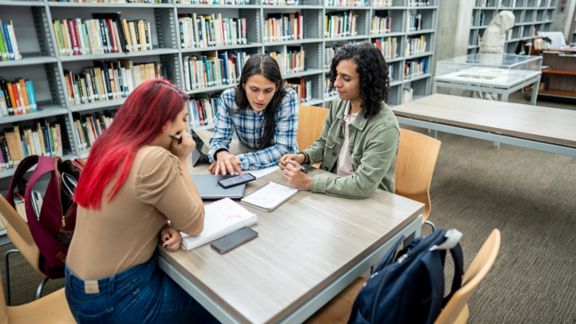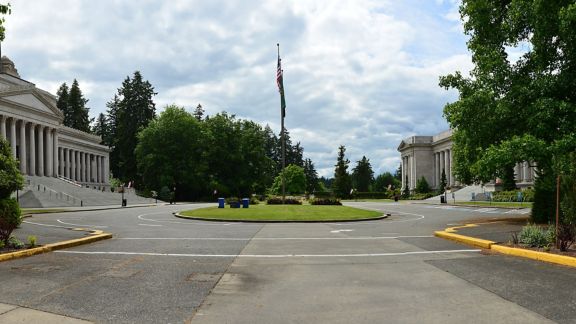Guam Consolidated Grant Evaluation

Problem
Guam’s Department of Education sought evaluation support to strengthen its efforts to improve student learning.
The Guam Department of Education (GDOE) receives federal Consolidated Grant funds from the U.S. Department of Education to support projects that improve instruction, strengthen curriculum, and enhance school climate. With several initiatives underway, GDOE sought external evaluation support to better understand how these projects were working, what impact they were having on student learning, and how they could be refined for greater effectiveness.
Solution
The evaluation employs collaborative approaches to assess program effectiveness and inform continuous improvement for GDOE.
To support GDOE, the evaluation team partners with project leaders at each stage of the work. Together, they design surveys, shape focus group protocols, and identify the most useful program records to review. Teachers, school administrators, and community members also contribute by sharing their perspectives through interviews and discussions. Findings are co-interpreted with GDOE staff and then shared back in accessible formats that highlight both successes and areas for growth. This cycle of joint design, shared analysis, and reciprocal feedback not only ensures that results are reported to federal funders but also builds internal skills in data use and interpretation. By embedding collaboration and capacity building throughout the process, the evaluation strengthens GDOE’s ability to engage in data-driven decision-making and supports continuous improvement efforts that benefit educators and students.
Result
The evaluation is helping GDOE refine its initiatives and build capacity for sustained, data-informed improvement.
The evaluation has produced findings that are helping GDOE refine professional development, strengthen curriculum planning, and improve school climate efforts. At the same time, it has equipped project leaders and staff with tools such as logic models, process maps, and leading indicators to track progress and identify opportunities for improvement. By applying these tools and acting on the findings, GDOE has been able to showcase the impact of its initiatives to both internal stakeholders and federal funders, reinforcing the value of ongoing investments in educator and student success.
This effort reflects broader priorities in education: ensuring that limited resources are used in ways that create measurable improvements for students, particularly in rural and low-income communities. By investing in evaluation, GDOE aimed not only to meet compliance requirements but also to promote a culture of continuous improvement and accountability. This aligns with NORC’s mission to use research and evidence for the public good—helping education leaders make informed decisions that support teachers, strengthen schools, and expand opportunities for students.
Related Tags
Project Leads
-
Mark V. Yu
Senior Research ScientistProject Director -
Matthew Linick
Senior FellowSenior Staff (Quality Assurance)








